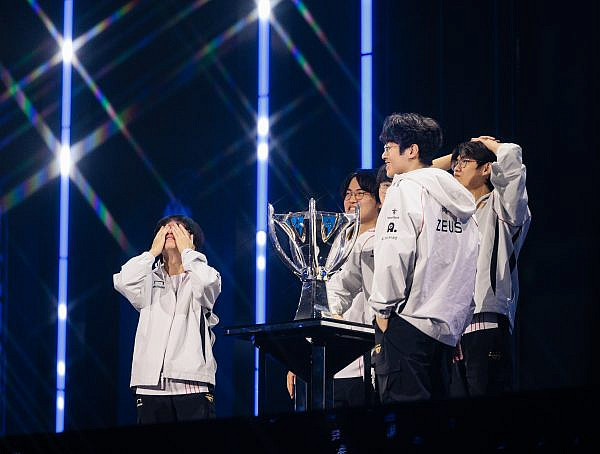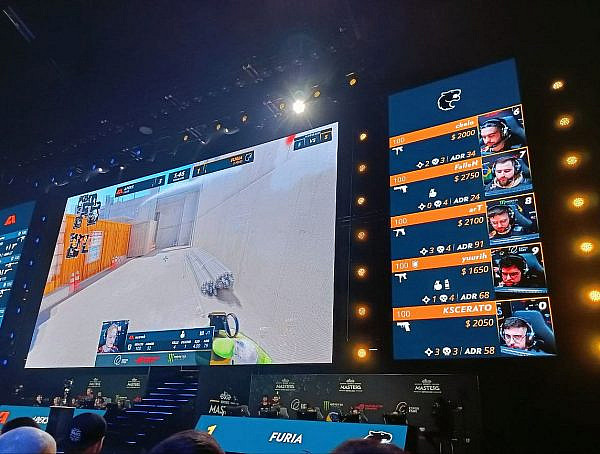In their article, Sweeney, Tuttle and Berg study the gambling market of esports. They distinguish two main goals for their research: describe and compare the esports gambling market to its traditional sports betting market counterparts, and second: use data gathered from two big esports gambling sites to see if the esports gambling market is efficient and what kind of market biases there might be and how they may differ from game to game.
What once was just a small competition among friends over local area network has grown to be a huge market. Along with the growth of esports there’s also a need for people to bet over the outcome of the games.
There is no one way to bet on esports games. The most common types are money line and proposition bets. In money line betting, you place a bet on the team that you think is going to win the match. Proposition, or prop betting, is betting on an occurrence that will happen within the game. This could, for example, be the first team to get 10 kills.
One unique aspect about esports betting is that besides real currency, you are able to bet cosmetic in-game skins on matches. Every skin has a marketplace value, so if you bet a $5 skin on a match that has 2 to 1 odds, if your team wins, you get your skins back and an additional $5 worth of skins. The use of skins as a currency has proven to be complex because the value of skins fluctuates over time.
The study was conducted by gathering money line data from two online gambling sites. One of them had players betting with real money and the other one allowed players to bet skins on matches. The names and of the teams competing, their region, as well as information on the tournament that the match was played in and the money line odds in that match were collected for the study.
Sweeney et al. found out that there is a favorite-longshot bias in the esports real money betting market whereas there doesn’t seem to be any bias in the skins market. Favorite-longshot bias means that people tend to overbet the underdogs and underbet the favorites. This bias only seemed to be present for the heavy underdogs. This trend was very pronounced when the heavy underdog was a European team playing against a non-European team. It might be due to the fact that European teams and its regions have more tournaments and exposure because the esports market ecosystem around it is more developed. The increased exposure might lead to people overestimating the European teams’ abilities compared to non-European teams due to the familiarity of players and teams from Europe. It’s also possible that one of the gambling sites might have a larger European audience leading to European favoritism over other regions.
Sweeney et al. conclude by saying that although they have provided some explanation for the behavior in the esports gambling market, future research could analyze the demographics of bettors to better help understand what causes market biases in esports gambling.
Cover image from Pixabay: https://pixabay.com/photos/performance-city-competition-3110696/
Original article:
Sweeney, K., Tuttle, M. H., & Berg, M. D. (2021). Esports Gambling: Market Structure and Biases. Games and Culture, 16(1), 65–91. https://doi.org/10.1177/1555412019872389
You might also like
More from Game Research Highlights
How do you want to do this? – A look into the therapeutic uses of role-playing games
Can playing RPGs contribute positively to your wellbeing? A recent study aims to find out how RPGs are being used …
Eldritch horrors and tentacles – Defining what “Lovecraftian” is in games
H.P. Lovecrafts legacy lives today in the shared world of Cthulhu Mythos and its iconic monsters. Prema Arasu defines the …
Are Souls Games the Contemporary Myths?
Dom Ford’s Approaching FromSoftware’s Souls Games as Myth reveals the Souls series as a modern mythology where gods fall, desires …















